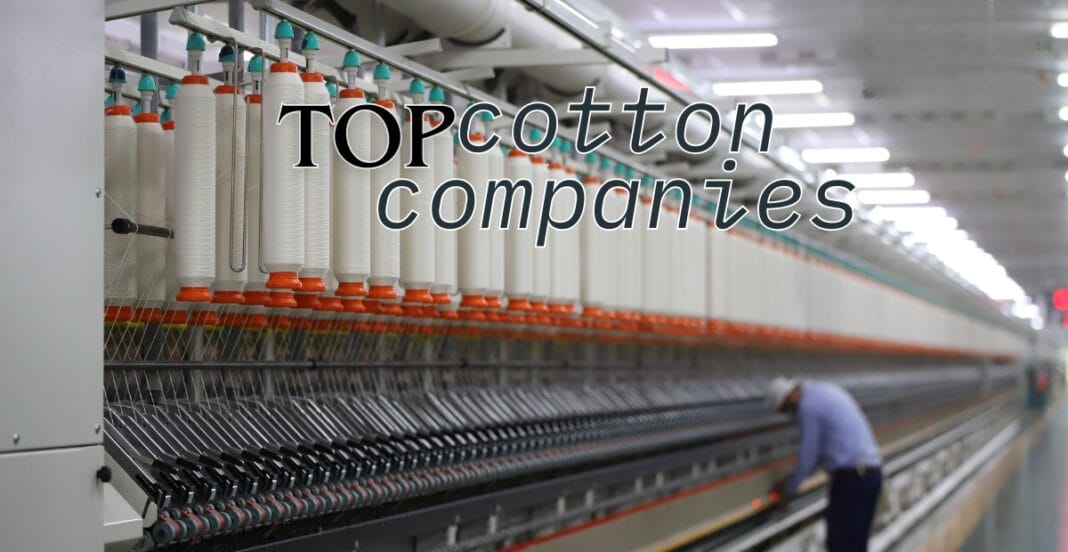Cotton is not only a fabric, it is a crucial powerful commodity driving global trade. The top global companies driving cotton production are also key players in the world’s fashion, agriculture and even national economies. These companies do not merely cultivate cotton, they operate entire supply chains, impact market prices and determine the direction of future sustainability initiatives.
We will research the top global companies enabling worldwide cotton production and detail their histories, impact, and value today.
Table of contents
- Introduction to Cotton Production
- The Significance of Cotton in Global Economics
- Key Players in the Cotton Industry
- Plains Cotton Cooperative Association (PCCA)
- China National Cotton Group Corporation
- Factors Driving These Companies’ Success
- Sustainability in Cotton Production
- Challenges Facing Cotton Producers
- The Role of Innovation
- Regional Contributions to Global Cotton
- Impact of Cotton on Local Communities
- Future Outlook of Cotton Production
- What Sets Top Cotton Companies Apart?
- Why Cotton Remains King
- Conclusion
- FAQs
Introduction to Cotton Production
Farmers have cultivated cotton crops for centuries. Today, over 70 countries grow cotton, and it fuels multi-billion dollar industries. Industries use cotton in textiles, medical supplies, home goods, and industrial products.
The softness, breathability, and versatility of cotton ensures that its demand remained consistent. However, the cotton industry is monocultured around a few corporations. These companies form trends and more often than not control the marketplace.
The Significance of Cotton in Global Economics
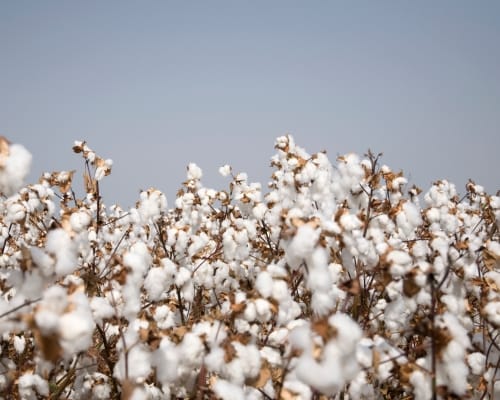
There is no denying that cotton in not a simple crop, but an economic backbone for the agriculture and textile sectors. India, China, and the USA, heavily depend on cotton in terms of employment and trade, which is why cotton continues to be the go-to for millions of farmers and workers around the globe.
Due to market pressure, the shift towards more sustainable cotton has been essential in the last few years. Consumers are driving the demand for sustainability, therefore major global brands need to take action, and they are. New techniques are being implemented, funds are being put into modern technology, and conventional cotton farming is being restructured.
Key Players in the Cotton Industry
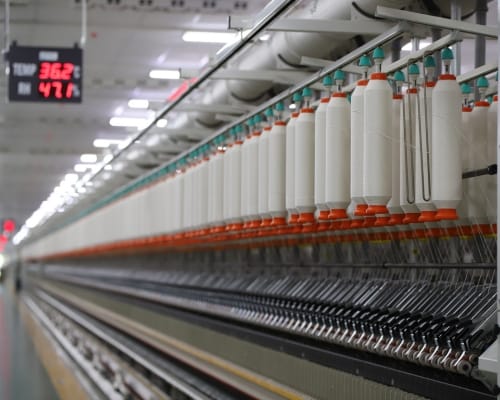
The top global companies in cotton production span well beyond the farming sector. They are involved in the growing, processing, selling, and even exporting. Here are some of the biggest names you need to know:
Cargill

This company is perhaps best known as an agricultural behemoth. While many people think of grains and oilseeds when Cargill comes to mind, he has also mastered cotton trading and production. Operating in multiple areas ensures Cargill has a favorable position with farmers and textile plants.
Olam International
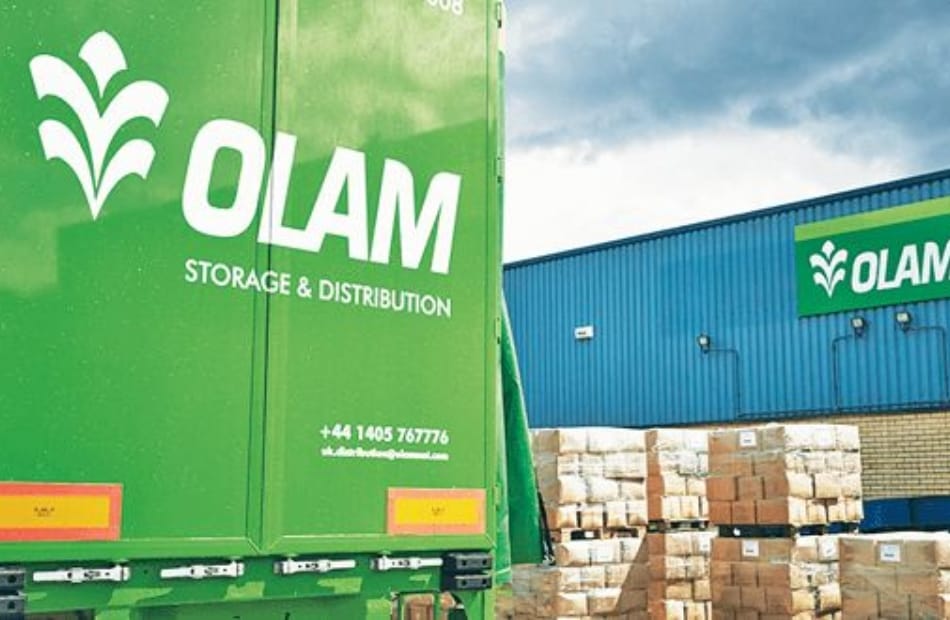
With its headquarters in Singapore, Olam International is a world leader due to its vast footprint. It manages farming, ginning, and marketing of cotton. Olam makes sure to have a social impact by collaborating with farmers towards sustainable production focusing on reducing water and chemicals.
Louis Dreyfus Company

This French, century-old giant thrives in the commodities world. In particular, Louis Dreyfus specializes in cotton trading and provides services for all levels of the value chain. Moreover, their acquired knowledge allows them to maintain a constant supply of cotton and ensure fair trade for both producers and consumers.
Plains Cotton Cooperative Association (PCCA)
PCCA is a farmer-owned cooperative situated in the USA. This organization carries out the marketing of cotton and provides warehouse services. Their policies make them famous when talking of American cotton growers. PCCA practices sustainable development while ensuring competitive prices muutto.
China National Cotton Group Corporation
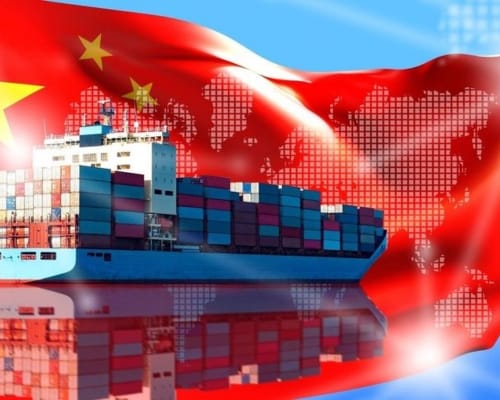
It balances both the domestic production and the large-scale import and export activities. This company plays an important role in fulfilling the enormous demand for textiles in China.
Aditya Birla Group
Aditya Birla Group is based in India, and it ranks among the top global companies in the textile industry. Additionally, it produces a huge quantity of cotton and cotton-blended fabrics. The company’s main advantage lies in its dedication to maintaining the highest levels of innovation and quality, which, as a result, provides it with a strong edge over competitors.
Factors Driving These Companies’ Success
The top global companies in cotton have several common reasons for being in the lead
- The companies have world-wide partnerships which guarantees them smooth supply chains.
- There is constant funding in newer farming, ginning and processing technologies which reduces the costs and improves the quality.
- Many companies are being pressured to adopt eco-friendly practices, leaders are determined to tackle these challenges and embrace change.
- Corporations establish accustoms and build trust when they ensure consistency and quality which are essential for sustaining long-term trust-based economic relations.
Sustainability in Cotton Production
Cotton producers are now racing to achieve lower carbon footprints, reduce wastewater, and cut down chemical usage; therefore, sustainability is no longer optional. Furthermore, many leading organizations are actively seeking partnerships with the Better Cotton Initiative (BCI) to strengthen their commitment to sustainable practices.
Olam International teaches farmers how to conserve water while farming. Louis Dreyfus, on the other hand, cleanses energy his ginning businesses use.
Challenges Facing Cotton Producers
Even the top global companies face big hurdles. Climate change impacts crop yields. Trade tensions between countries can hurt exports. Labor shortages and rising costs also squeeze profits.
This challenge prompts businesses to advance their methods. Cotton farming and processing is now being revolutionized by new technologies such as drone surveillance, soil sensors, and AI.
The Role of Innovation
The cotton industry moves forward because of innovations. The top global companies employ precision agriculture molding and productivity boosting s during harvest. They also develop and plant new strains of cotton that are pest and disease resistant.
Shifting gears are also brought mechanizations. Modern ginning machines perform faster, guaranteeing the quantity and the quality of the cotton they sell, making it advantageous for the farmer.
Regional Contributions to Global Cotton
Different regions bring unique strengths:
- USA: Renowned for the best grade upland and Pima cotton.
- India: Holds the title for the largest area of cotton growing with focuses on diversity.
- China: A huge contributor in production and consumption equally.
- Africa: On the rise constantly thanks to worldwide partnerships.
Impact of Cotton on Local Communities
As with many products, cotton enables employment opportunities, which in turn supports families. The self-sustaining moneymaking activities related to cotton agriculture, such as farming and fangor sewing, sustains many economies. Top global companies actively fund community development projects aimed toward improving access to education and healthcare as well as strengthening local health facilities and road networks.
Future Outlook of Cotton Production
The expectations are rather optimistic but also appear a bit tough, Climate issues, sustainability requirements and shifts in global demand require immediate attention and will change the industrial landscape. Top global companies are making efforts through funding advanced explanation and developing projects attesting to eco-friendly organic cotton and recyclable textiles.
Other proposed re-useable fabrics which would use cotton threads embracing green marketing promise meeting eco-friendly market trend targets also seeks eco-friendly market targets.
What Sets Top Cotton Companies Apart?
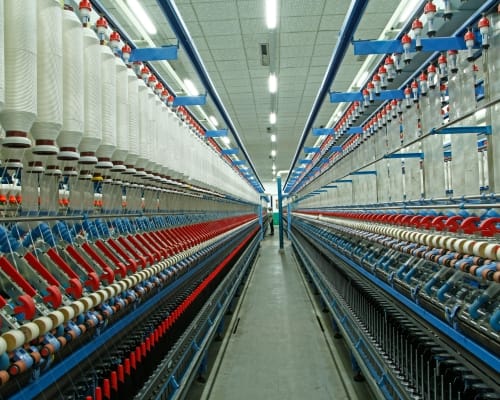
What does set these companies apart is the very ability to adapt to their region. Constant shifts to these would encompass market trends, territorial demands, regional needs and technological innovations. The leaders don’t just react—they drive change and they carefully monitor such stimulants and take appropriate action. read about top 10 cotton companies
The Global Cotton Supply Chain
The supply chain of cotton involves many different processes, starting from its is harvesting, ginning, spinning, weaving, dyeing, and final distributing. Top global companies often take control over several processes in order to uphold the quality and efficiency of their products.
The Role of Government and Policy
In the words of John E. McCarthy, “Policies matter.” Government intervention, funding, and other forms of assistance can either support or devastate the cotton markets. **The top global companies ** partner with other stakeholders in their industry to lobby and gain favorable policy which allow them to function optimally.
Consumer Trends Driving the Cotton Industry
Customers tend to focus on ethical practices, environmental impact, and transparency of processes. There is an increasing expectation for businesses to provide better and disclose more to the public. Now it is a requirement to have certifications, labels, and provide a clear and visible supply chain.
Why Cotton Remains King
Crown jewel of the textile industry, despite competing synthetic fibers, cotton continues to be a common preference. The reason lies in its softness, strength and flexibility. The top global companies ensures that the fiber continues to retain its crown by advocating for improvements in quality and sustainability.
Conclusion
Cotton offers more than utility as a textile; it provides economic value around the world. The worlds most powerful brands within the industry of producing cotton have a responsibility to enhance the performance of the sector in terms of innovation, environmental protection, and sustainable development. With the shifting markets and new challenges, these companies are primed to lead the transformation of the cotton industry.
FAQs
The prominent ones are Cargill, Olam International, Louis Dreyfus, PCCA, China National Cotton Group, Aditya Birla Group.
Cotton aids millions people and supports textile industries while being a huge contributor to national economies.
Main concerns are global warming, trading problems, lack of workers, and high costs of production.

